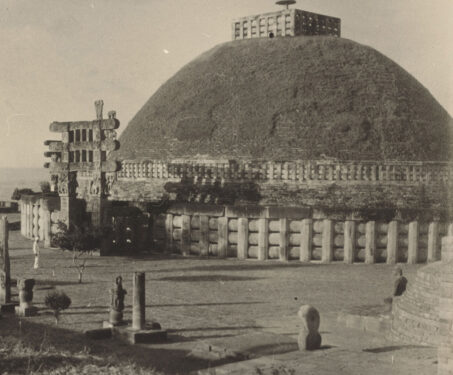

Quiz: Architectural Marvels of India
Design innovation, engineering feats and artistic brilliance characterise these great Indian landmarks. Take our quiz to see how well you know your way around them

Design innovation, engineering feats and artistic brilliance characterise these great Indian landmarks. Take our quiz to see how well you know your way around them
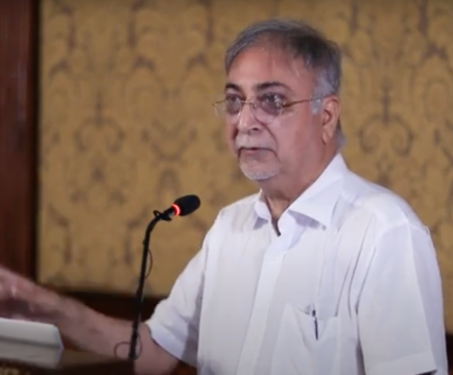
“The wall paintings at Fathpur were first catalogued by E W Smith in 1895. Exactly a century later, I photographed them. Some that Smith saw have since disappeared; some not recorded by him, are now visible. What survives gives us a good idea of the Mughals’ worldview and their attempts at founding an all-inclusive culture.”… Read more »
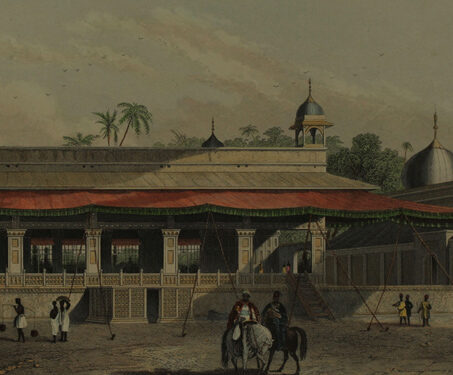
This hand-painted engraving by an unidentified artist shows a view of the Diwan-e Khas with a red, decorated canopy inside the Red Fort, Delhi. The Diwan-e Khas is a rectangular marble structure that was given the name Shah Mahal by the Mughal emperor Shahjahan (1592–1666) and embellished with gilded gems, inlay work, and floral patterns.… Read more »
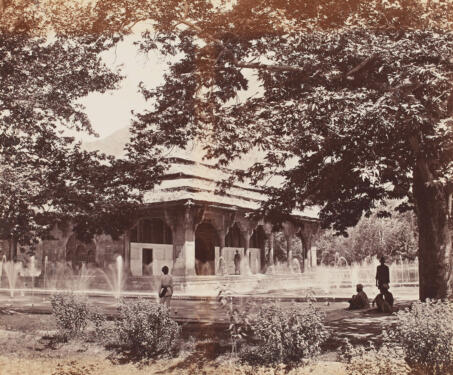
Mughal emperors considered gardens as one of the most important architectural components of their state—so what made a garden adequately ‘Mughal’? Here are 10 clues
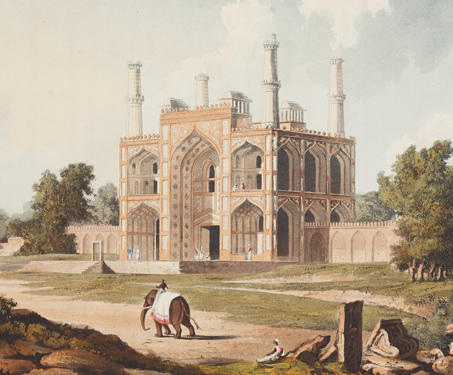
This is an early 19th century coloured aquatint illustrating the gateway of Mughal emperor Akbar‘s (1542-1605) tomb. It was published in ‘A Picturesque Tour Along the Rivers Ganges and Jumna in India’ by Charles Ramus Forrest (1750-1827). Forrest was an infantry officer in India from 1802 to 1827 and was an amateur artist. The drawings… Read more »
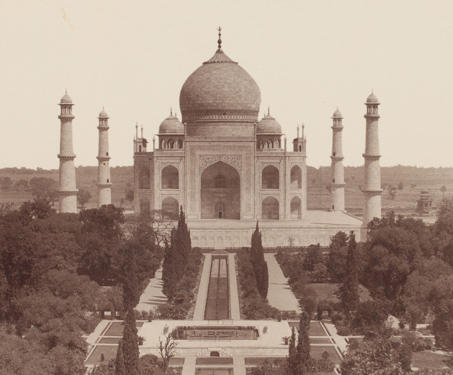
When Arjumand Banu Begum (1593-1631), principal consort of Mughal emperor Shah Jahan, passed away, a marble mausoleum was constructed to house her mortal remains on the south bank of the Yamuna. The Taj Mahal, originally named Rauza-i-Munawarah, took fifteen years from 1632 to be completed. Marble from Makrana, jasper from Punjab and jade from China… Read more »
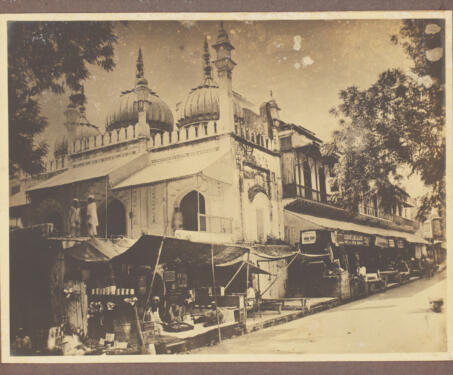
The Sunheri Masjid in Chandni Chowk was built in 1721 by Mughal nobleman Roshan-ud-Daula Zafar Khan. In 1739, Persian king Nader Shah invaded Delhi leaving the city in ruins. It is said that he arrived at Sunheri Masjid on the morning of 22 March 1739, stood on its roof, drew his sword and holding it… Read more »
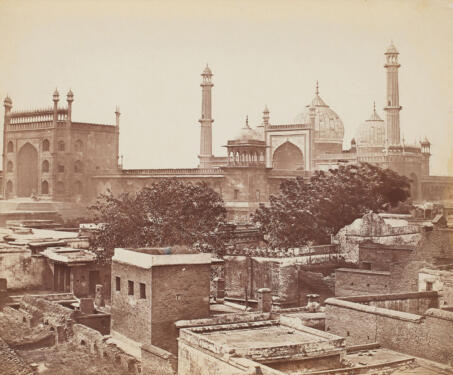
The Jama Masjid, Delhi was built between 1650 and 1658 by Shah Jahan in Shahjahanabad. The Sanctuary’s main facade consists of five arches on either side of a massive central lawn. It is built in red sandstone with decorations in white and black marble. The minarets have white marble stripes inlaid while the domes feature… Read more »
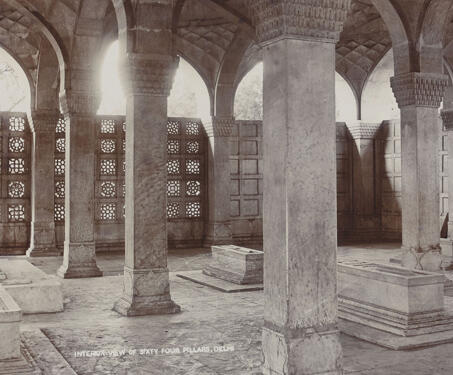
Mirza Aziz Koka aka Kotaltash was Emperor Akbar’s foster-brother—or more accurately, his milk brother, so-called because he was the son of the Emperor’s wet nurse, Jiji Anga. Kotaltash’s father was Ataga Khan, Akbar’s prime minister, upon whose death a grand mausoleum was constructed in near the dargah of the Sufi, Nizamuddin. Built in the early… Read more »